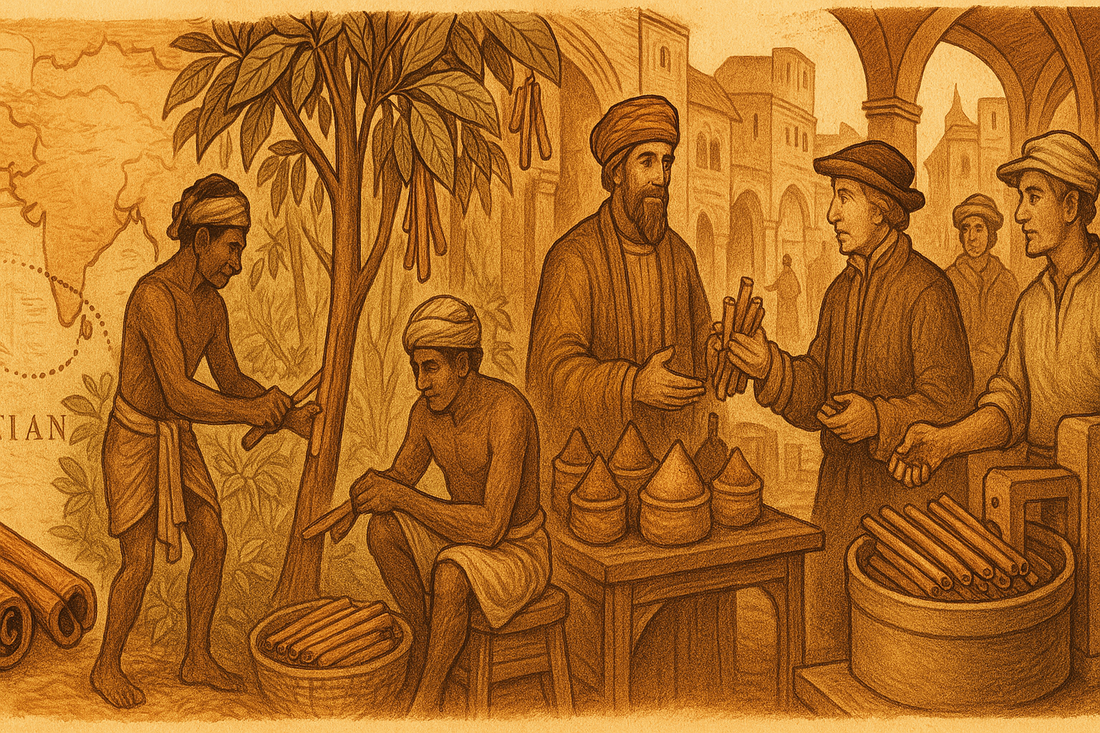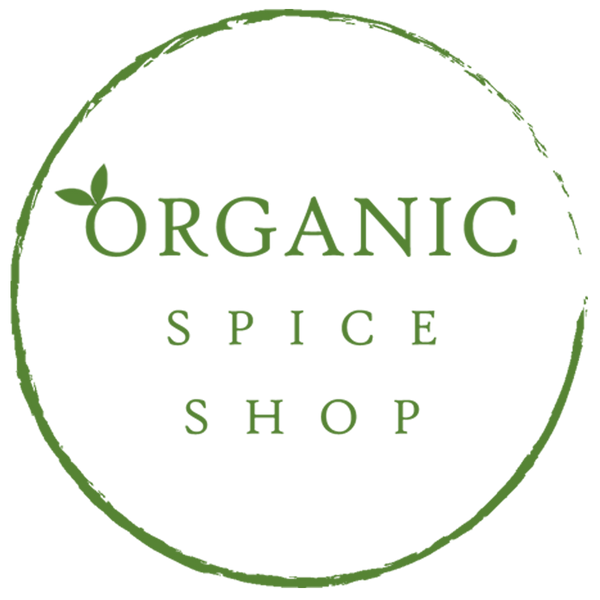
The Cinnamon Wars: How Empires Fought for a Spice
Today, a sprinkle of cinnamon on coffee or a warm bowl of oats feels simple, even ordinary. But centuries ago, cinnamon was anything but ordinary. In fact, it was one of the most coveted commodities in the world, so valuable that European empires fought bitter wars to control its trade.
At the heart of these struggles was Ceylon cinnamon, the sweet, delicate spice native to Sri Lanka. Known as “true cinnamon,” it was prized above all others for its flavor and fragrance. What unfolded over the course of centuries became known as the Cinnamon Wars, a fascinating tale of greed, exploration, conquest, and cultural exchange.
Cinnamon Before the Empires
Long before Europeans set their sights on it, cinnamon was already an ancient treasure. Historical records show that cinnamon was used in Egypt as early as 2000 BC, not only as a flavoring but also in embalming and sacred rituals.
In Greece and Rome, cinnamon was burned as incense in temples and added to wine and foods. By the Middle Ages, the spice was so rare in Europe that it was a symbol of status reserved for the tables of the wealthy.
But where did this magical spice come from? For centuries, Arab traders kept the secret closely guarded. They spun tales of cinnamon being harvested from the nests of giant birds or guarded in distant lands, all to protect their monopoly. The truth, however, was simple: the best cinnamon came from the bark of trees growing in Sri Lanka.
The Arrival of the Portuguese
The first European power to break through the Arab monopoly was Portugal. In 1505, Portuguese explorers landed in Sri Lanka, then known as Ceylon. Recognizing the island’s wealth of Ceylon cinnamon sticks, they quickly moved to establish control.
By the early 16th century, the Portuguese had built forts and established dominance over coastal areas, forcing local rulers to supply them with cinnamon. The spice trade became a brutal enterprise, with Portuguese overlords extracting tribute and controlling harvesting rights.
Their monopoly would last more than a century, but not without challenge.
The Dutch Take Over
In the mid-17th century, the Dutch East India Company (VOC) began to expand its influence in Asia. Seeking to topple the Portuguese monopoly, the Dutch allied with Sri Lankan kings who resented Portuguese rule. By 1658, the Dutch had successfully ousted the Portuguese and claimed control over the island’s cinnamon trade.
Under the Dutch, cinnamon harvesting became more organized and even more lucrative. They standardized production, improved harvesting techniques, and enforced strict control. During this period, Ceylon became the world’s unrivaled source of cinnamon.
For European markets, Ceylon cinnamon powder and sticks flowed in abundance, satisfying a hunger for the sweet spice that flavored pastries, preserves, and even medicines.
The British and the Decline of the Monopoly
The next shift came in 1796, when the British took control of Sri Lanka during the Napoleonic Wars. They inherited the Dutch cinnamon monopoly but soon realized that global trade was undergoing significant changes.
By the late 18th century, cinnamon was no longer as rare. Other colonies had begun cultivating cassia and other cinnamon varieties, which were cheaper to produce. While Ceylon cinnamon retained its reputation as the finest, the British could not maintain the same kind of stranglehold that the Portuguese and Dutch once enjoyed.
By the 19th century, the cinnamon monopoly had effectively ended, though Ceylon remained the world’s premier source of “true cinnamon.”
Why Ceylon Cinnamon Was Worth Fighting For
Why all the bloodshed, alliances, and empire-building over a spice? The answer lies in cinnamon’s unique qualities:
-
Flavor: Unlike cassia, Ceylon cinnamon is sweet, light, and aromatic, making it perfect for both savory and sweet dishes.
-
Preservation: Before refrigeration, spices like cinnamon helped preserve food.
-
Medicinal Value: Cinnamon was believed to cure colds, aid digestion, and even act as an aphrodisiac.
-
Status Symbol: Using cinnamon in medieval Europe was a mark of wealth and sophistication.
Cinnamon wasn’t just a seasoning; it was a symbol of power and prosperity.
The Legacy of the Cinnamon Wars
The Cinnamon Wars left a lasting mark not only on Sri Lanka but also on global trade and culture. Forts built by the Portuguese, Dutch, and British still stand along Sri Lanka’s coastline, reminders of a turbulent era.
For the people of Sri Lanka, cinnamon remained both a blessing and a burden, an economic treasure that brought foreign domination but also a spice that continues to define the island’s global reputation.
Today, Sri Lanka still produces the world’s finest organic spices, with Ceylon cinnamon at the center. Unlike the wars of the past, the modern cinnamon trade thrives on fair practices, sustainability, and global appreciation of quality.
From Empire to Everyday Kitchen
It’s fascinating to think that what once drove wars and colonial empires now sits humbly in our spice racks. When you stir a stick of Ceylon cinnamon into your tea or sprinkle powder on your breakfast, you’re tasting a spice that once shaped the course of history.
The next time you reach for Ceylon cinnamon sticks or Ceylon cinnamon powder, remember: this isn’t just a spice. It’s a survivor of centuries of battles, monopolies, and global tradestill treasured, still beloved, and still worth savoring.
The story of the Cinnamon Wars shows us how a simple tree bark became one of the most powerful drivers of history. From Portuguese conquest to Dutch trade dominance and British colonization, Ceylon cinnamon shaped not only Sri Lanka’s destiny but also the way the world thought about flavor, wealth, and culture.
And while the wars are long over, the spice itself remains timeless, an aromatic reminder that even the smallest things can change the course of history.
